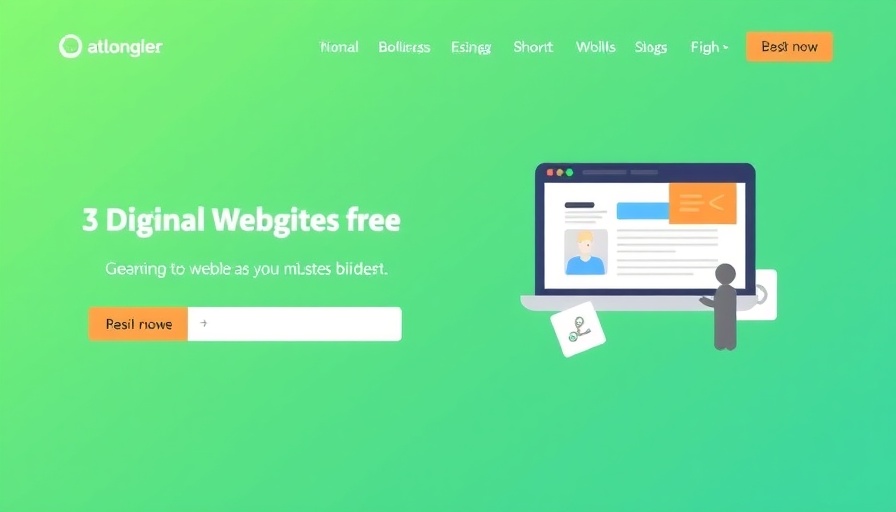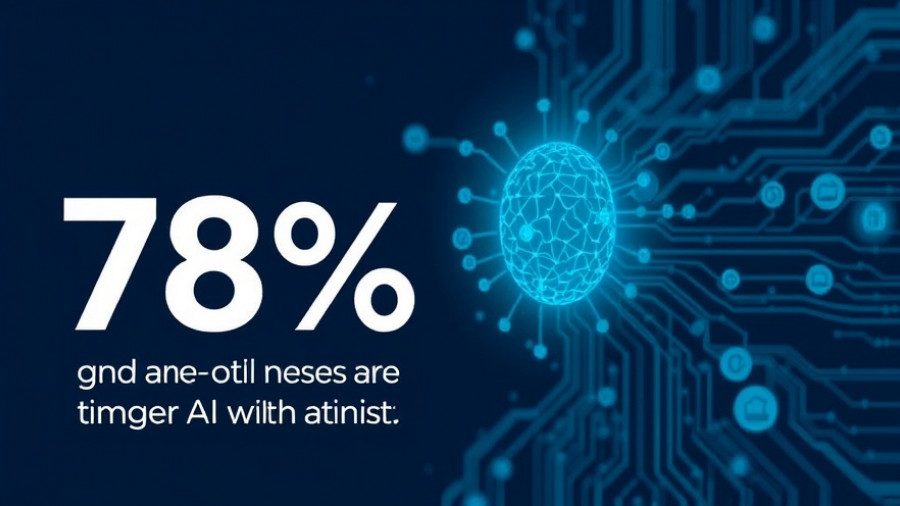
The Rise of Free Website Builders: A Game Changer for Marketing Pros
As digital presence becomes integral to business success, the rise of free website builders is a game changer for marketing professionals. With budget constraints often steering marketing strategies, these platforms allow users to establish a compelling web presence without incurring high costs. In 2025, a suite of top-tier builders emerged to cater to varying needs, enabling marketers to translate ideas into viable online representations.
Exploring the Best Free Website Builders
Based on comprehensive evaluations and real-world testing, the following five free website builders stand out:
- Square Online - Ideal for eCommerce solutions, it offers great templates and integrated payment options, making online selling seamless.
- HubSpot CMS - A powerhouse for growing businesses, boasting tools for SEO optimization and analytics tracking.
- Canva - Known for aesthetic appeal, it provides beautifully designed static website templates that are easy to customize.
- Wix - Offers robust features including advanced design capabilities, suitable for users looking to create dynamic web pages.
- Webflow - Best for advanced designers familiar with web development, it allows intricate customization and interaction design.
Key Features Evaluated: What Makes a Website Builder Stand Out?
While each platform has its unique attributes, the evaluation focused on three critical factors:
- Ease of Use: All recommended builders are user-friendly, requiring minimal to no coding experience. This accessibility is essential for marketing professionals who may not have a technical background, allowing them to focus on content and strategy.
- Customization Options: The ability to tailor a website to reflect a brand’s identity is vital. Each builder offers various customization tools, from drag-and-drop features to pre-designed templates that can be adjusted to meet specific branding needs.
- SEO Tools: As digital visibility is crucial, strong SEO functionalities are a must-have. Effective website builders empower marketers with tools to manage meta descriptions, alt tags, and sitemaps to enhance site discoverability.
Future Trends: Where is Website Building Heading?
Looking to the future, website building is poised for further evolution. AI-driven design suggestions and analytics will likely become more prevalent, allowing for enhanced user experiences and targeted marketing strategies. For marketing professionals, staying informed about these trends will be essential to leveraging the best tools available for creating high-impact websites.
Final Thoughts: Empower Your Marketing Strategy Today
Utilizing a robust website builder can significantly elevate your marketing efforts. By choosing the right platform now, you can ensure your business stays competitive and visible in an increasingly digital landscape. Engage with the tools that suit your needs, and start creating your captivating online presence!
 Add Row
Add Row  Add
Add 




Write A Comment